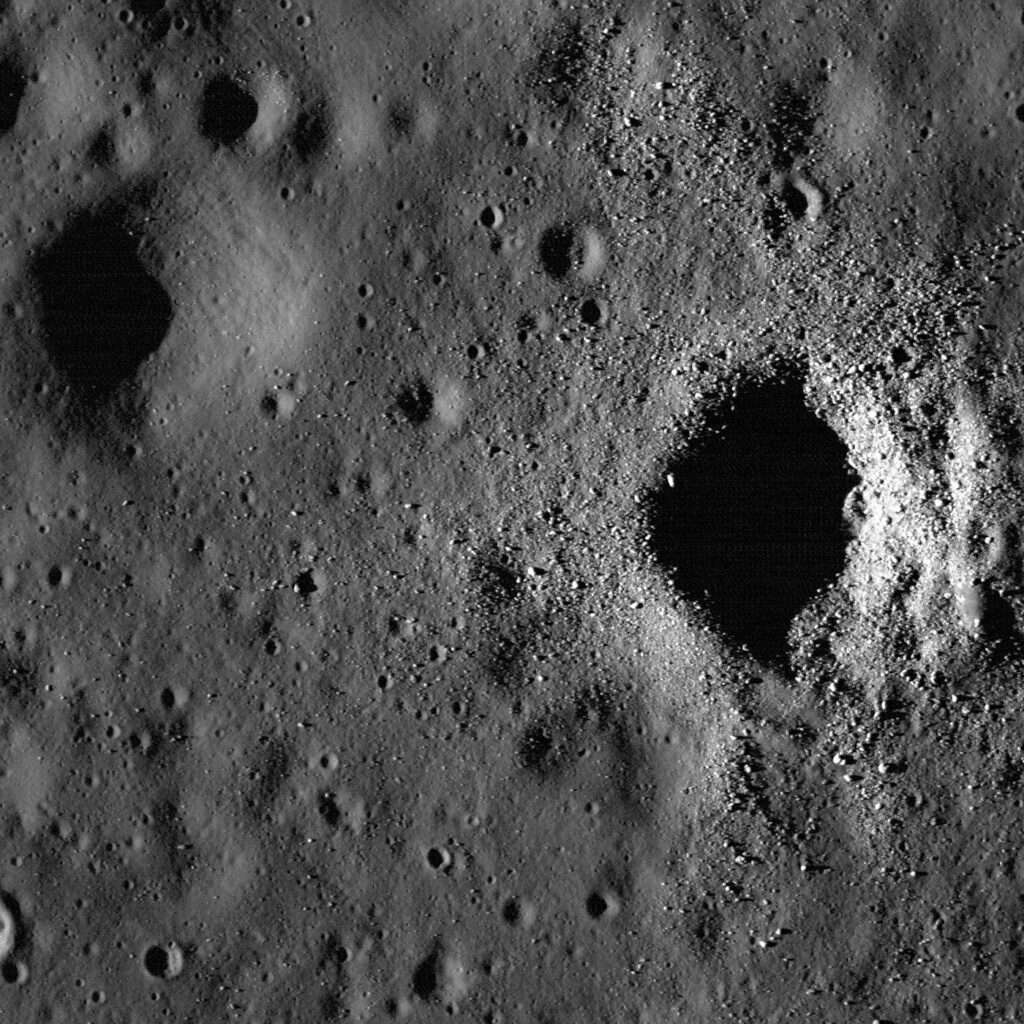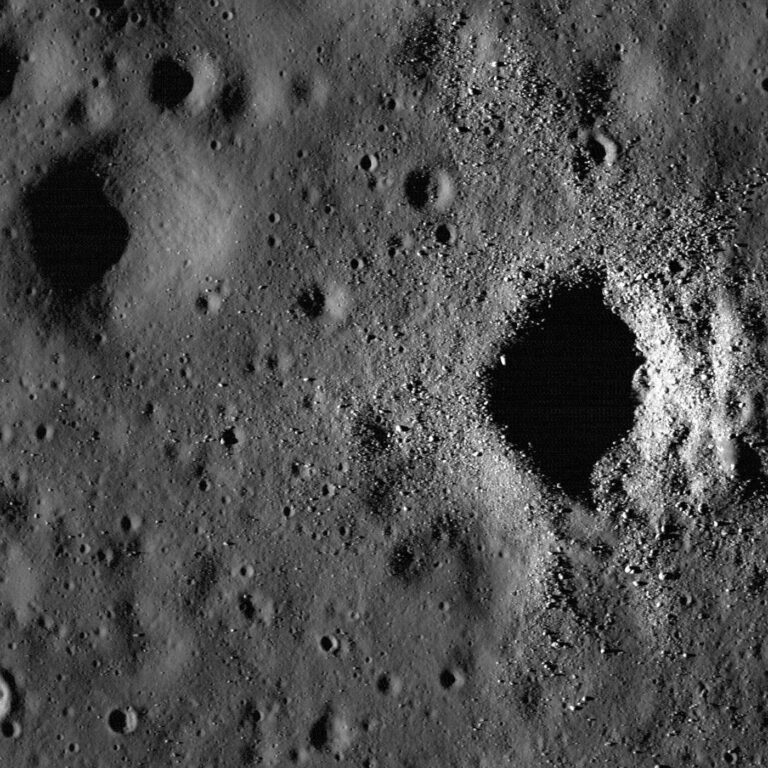Minerals Found in Lunar Sample from China’s 2020 Mission Offer Insights into Moon’s Past
The moon’s distinctive appearance, resembling Swiss cheese, is a result of celestial objects colliding with its surface and creating impact craters. However, these collisions not only left behind craters but also had a profound effect on the rocks and dust covering the lunar surface, known as regolith. The intense pressure and temperature from these collisions altered the mineral composition and structure of the regolith. By analyzing the resulting minerals, modern researchers can gain valuable insights into the moon’s history.
China’s Chang’e-5 mission, which returned lunar samples in 2020, was the first of its kind since the Soviet Union’s Luna 24 mission in 1976. The mission collected 1.73 kilograms of regolith from the Oceanus Procellarum, a vast plain on the moon’s surface. Among the samples was a new mineral called Changesite-(Y) and a perplexing combination of silica minerals.
In a study published in Matter and Radiation at Extremes, researchers from the Chinese Academy of Sciences compared the material composition of Chang’e-5’s samples with those from other lunar and Martian regolith samples. They investigated the potential causes and origins of the unique makeup of the lunar samples.
When asteroids and comets collide with the moon, they do so at extremely high velocities, resulting in shock metamorphism in the lunar rocks. This rapid change in temperature and pressure leads to distinct features, including the formation of silica polymorphs such as stishovite and seifertite. Although chemically identical to quartz, these polymorphs have different crystalline structures.

According to Wei Du, the lunar surface is covered with numerous impact craters, but it is uncommon to find high-pressure minerals in lunar samples. This could be due to the instability of these minerals at high temperatures, suggesting that they may have undergone a retrograde process after formation during impacts.
However, in the CE-5 sample, a silica fragment was discovered to contain both stishovite and seifertite, which are minerals that typically coexist at much higher pressures than what the sample experienced.
The authors of the study found that seifertite exists as an intermediate phase between stishovite and another silica polymorph called α-cristobalite, which was also present in the sample. This suggests that seifertite could have formed from α-cristobalite during the compression process, and some of the sample transformed into stishovite during subsequent temperature increases.
Additionally, the mission also yielded a new lunar mineral called Changesite-(Y), which is characterized by colorless, transparent columnar crystals.
By estimating the peak pressure (11–40 GPa) and impact duration (0.1–1.0 second) of the collision that shaped the sample, the researchers were able to use shock wave models to estimate the size of the resulting crater. Depending on the impact angle, the estimated width of the crater ranged from 3 to 32 kilometers.
The examination of remote data reveals that the far-flung debris in the CE-5 regolith primarily originates from four impact craters, with the Aristarchus crater being the most recent among these distant craters. Due to the susceptibility of seifertite and stishovite to thermal metamorphism, it is deduced that the silica fragment likely originated from the impact event that created the Aristarchus crater. This mission to retrieve samples exemplifies the efficacy of contemporary analysis techniques in unraveling the past of celestial entities.
This article is republished from PhysORG under a Creative Commons license. Read the original article.
Do not forget to share your opinion with us to provide you with the best posts !




0 Comments